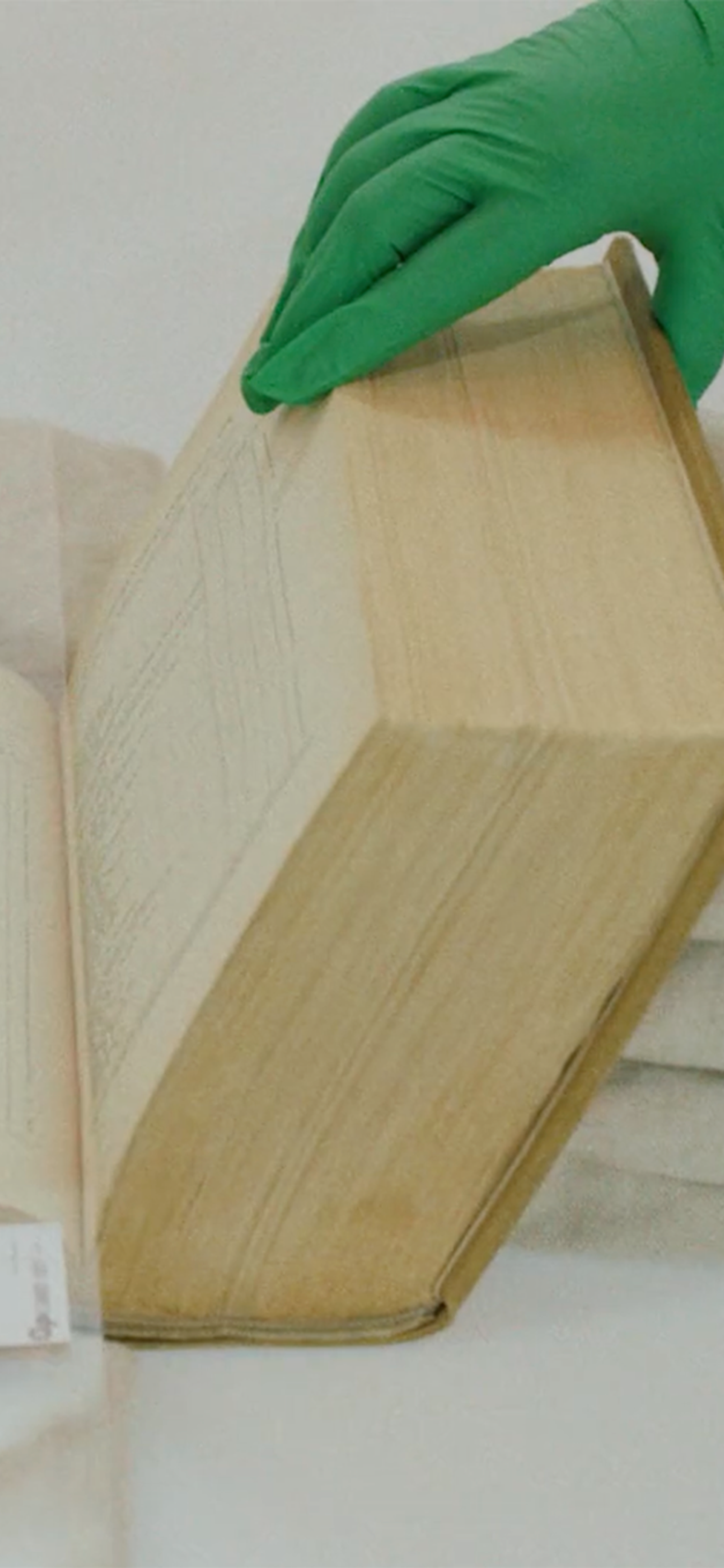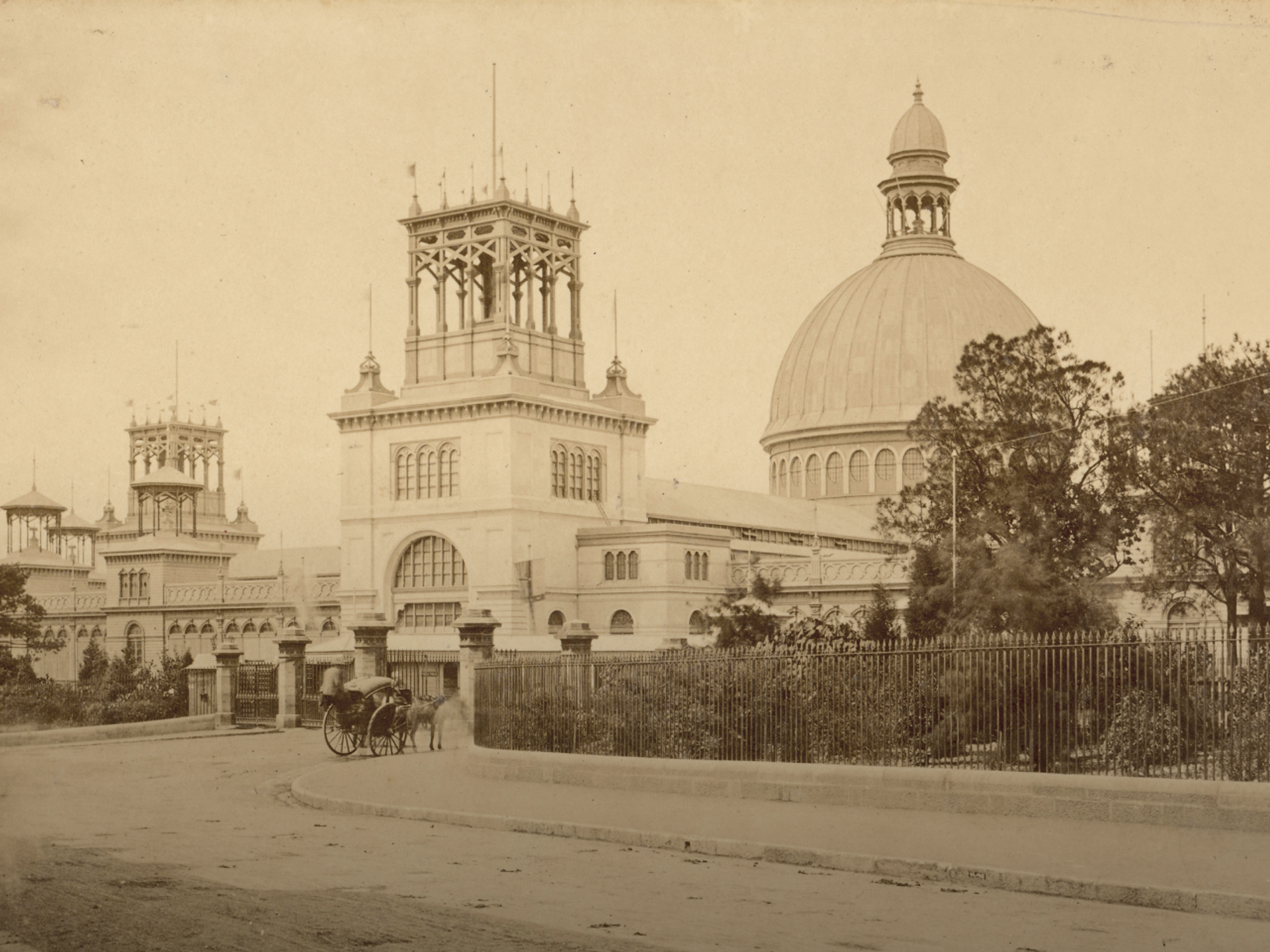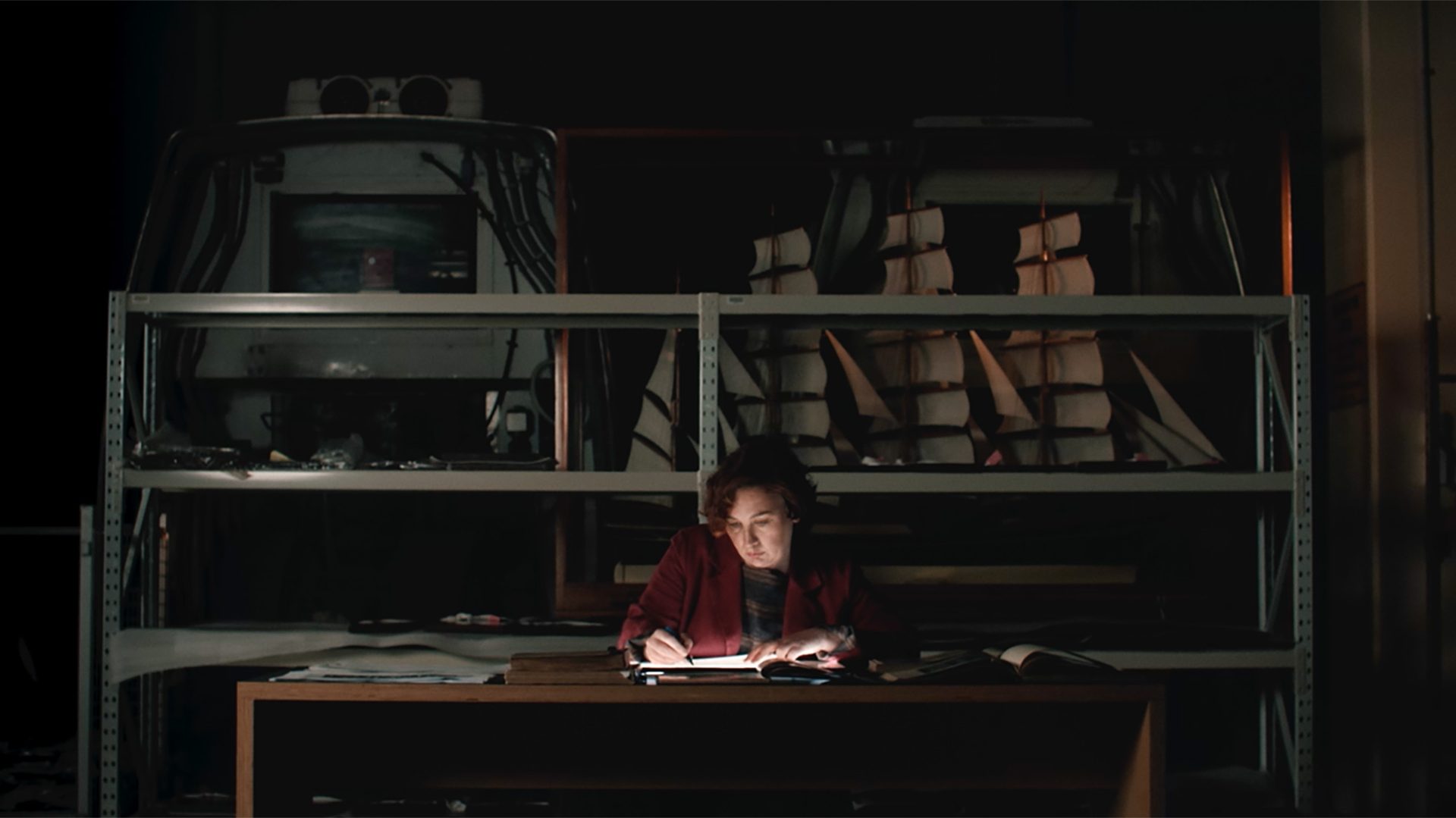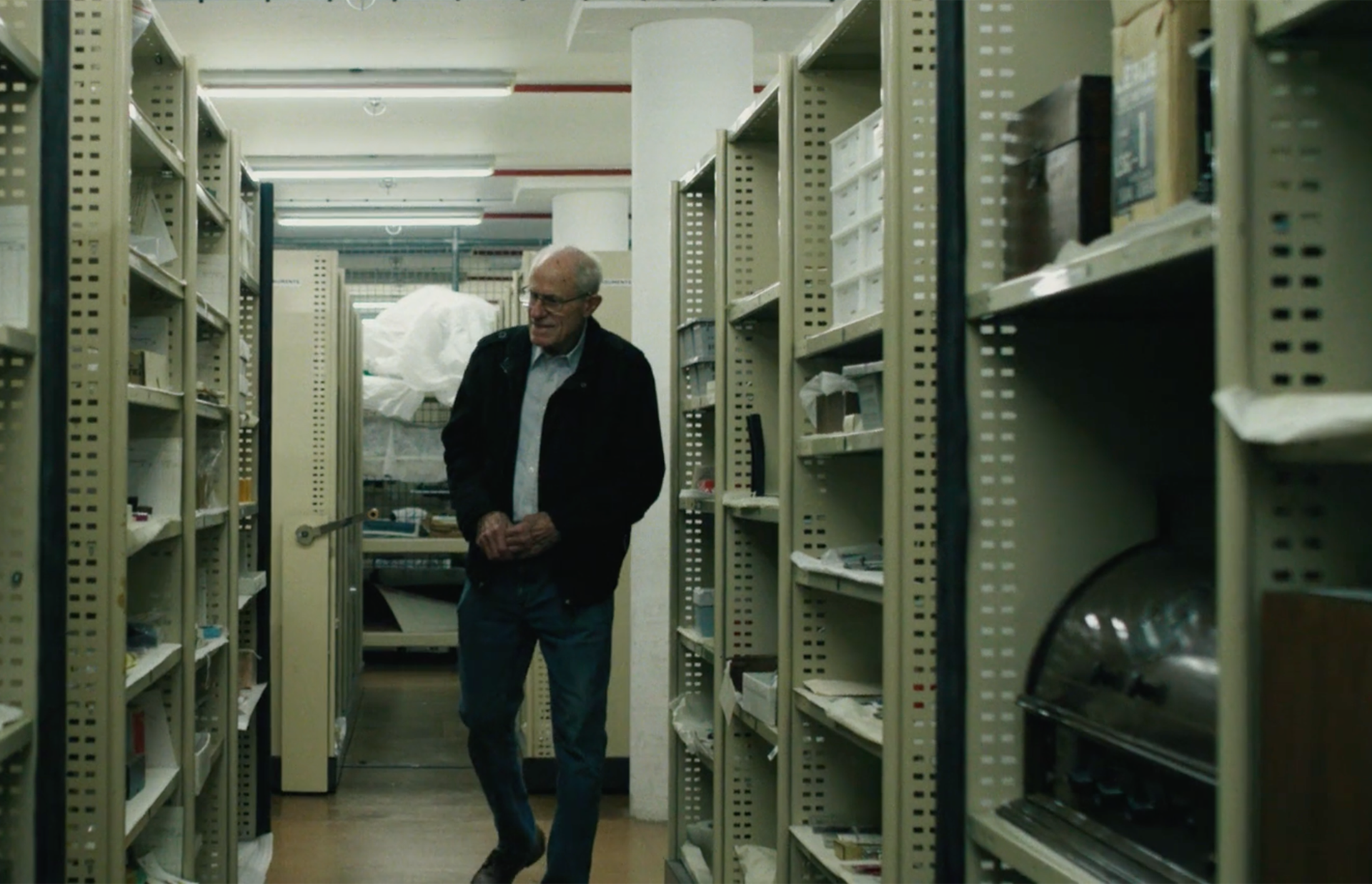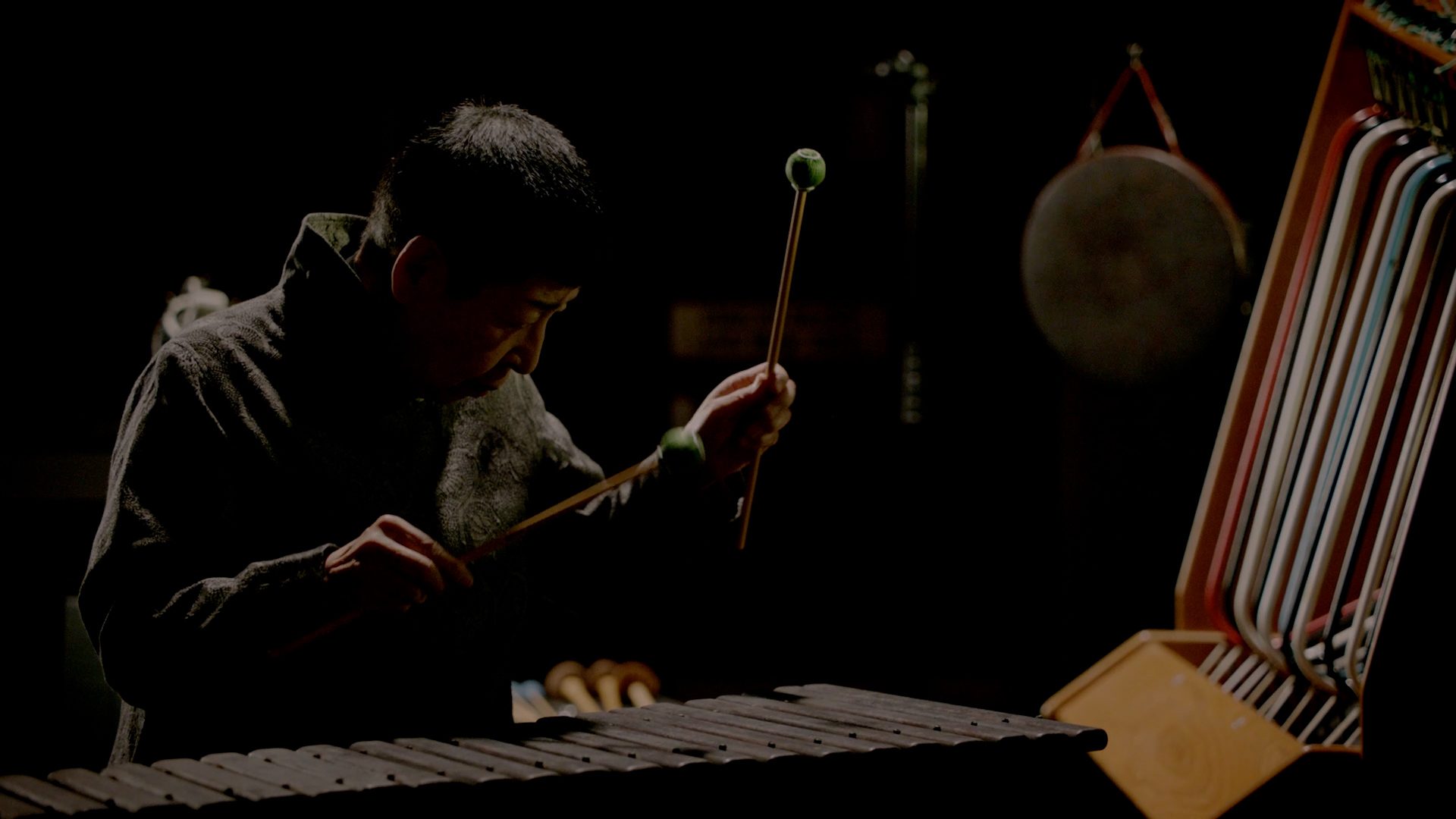Digitising Powerhouse Object 347,172

1 of 500,000+ objects
Since 2019, Powerhouse has been undertaking one of the largest digitisation projects internationally. Our ambition is to digitise the whole collection which is comprised of over 500,000 objects. The 347,172nd object to be digitised is the Official Record of the Sydney International Exhibition 1879, making this important document accessible online for the first time in its history.
Official Record of the Sydney International Exhibition, 1879
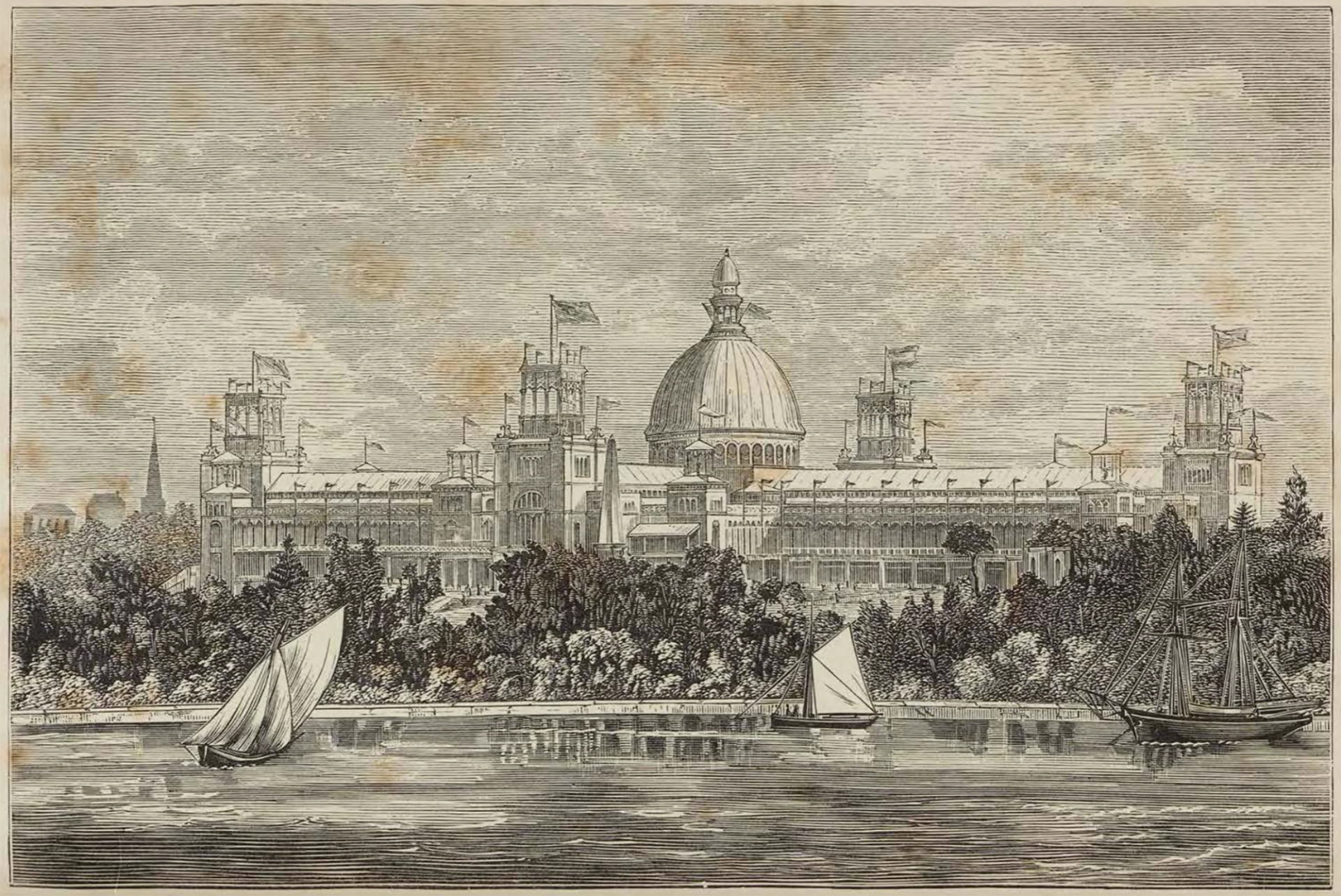
The Sydney International Exhibition of 1879–1880 was one of the most significant public events in colonial Australia and the first World’s Fair held in the Southern Hemisphere. The Exhibition was mainly staged in the Garden Palace Exhibition Building in the Inner Domain, now part of the Royal Botanic Garden, Sydney.
It featured 9345 exhibitors from 34 counties and colonies including New South Wales, Queensland, Victoria, South Australia and Tasmania, and was attended by more than 1.1 million visitors during its seven months of operation.
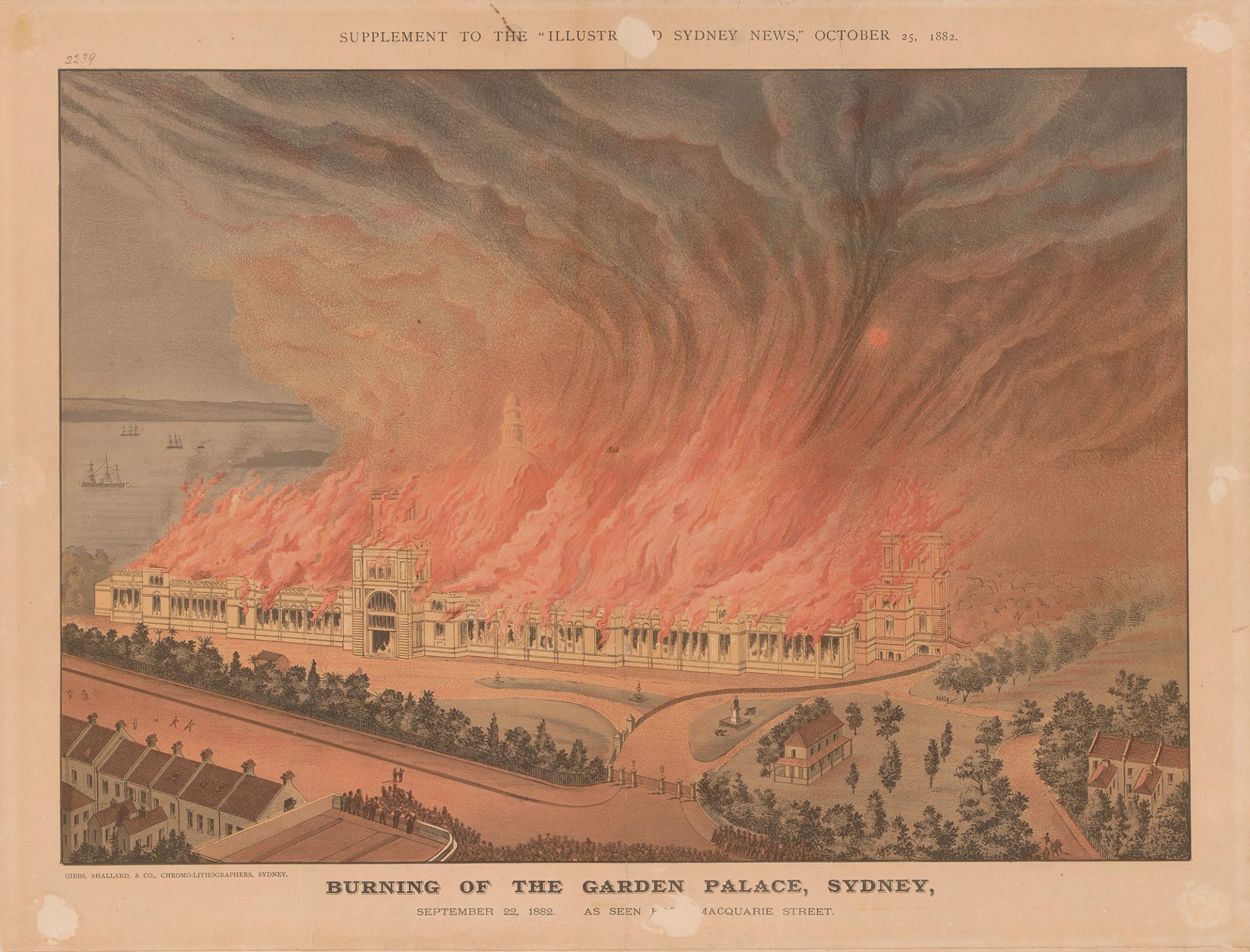
After the exhibition closed, the Garden Palace became home to several public and private organisations, including, in 1880, the earliest iteration of Powerhouse Museum.
Sadly, in the early morning of 22 September 1882 the entire structure burned to the ground, taking with it the museum’s initial collection as well as other irreplaceable records and objects. Items lost in the fire included returns from the 1881 Census (the first simultaneous Censuses of all the Australian colonies) and many First Nations objects held by the Australian Museum.
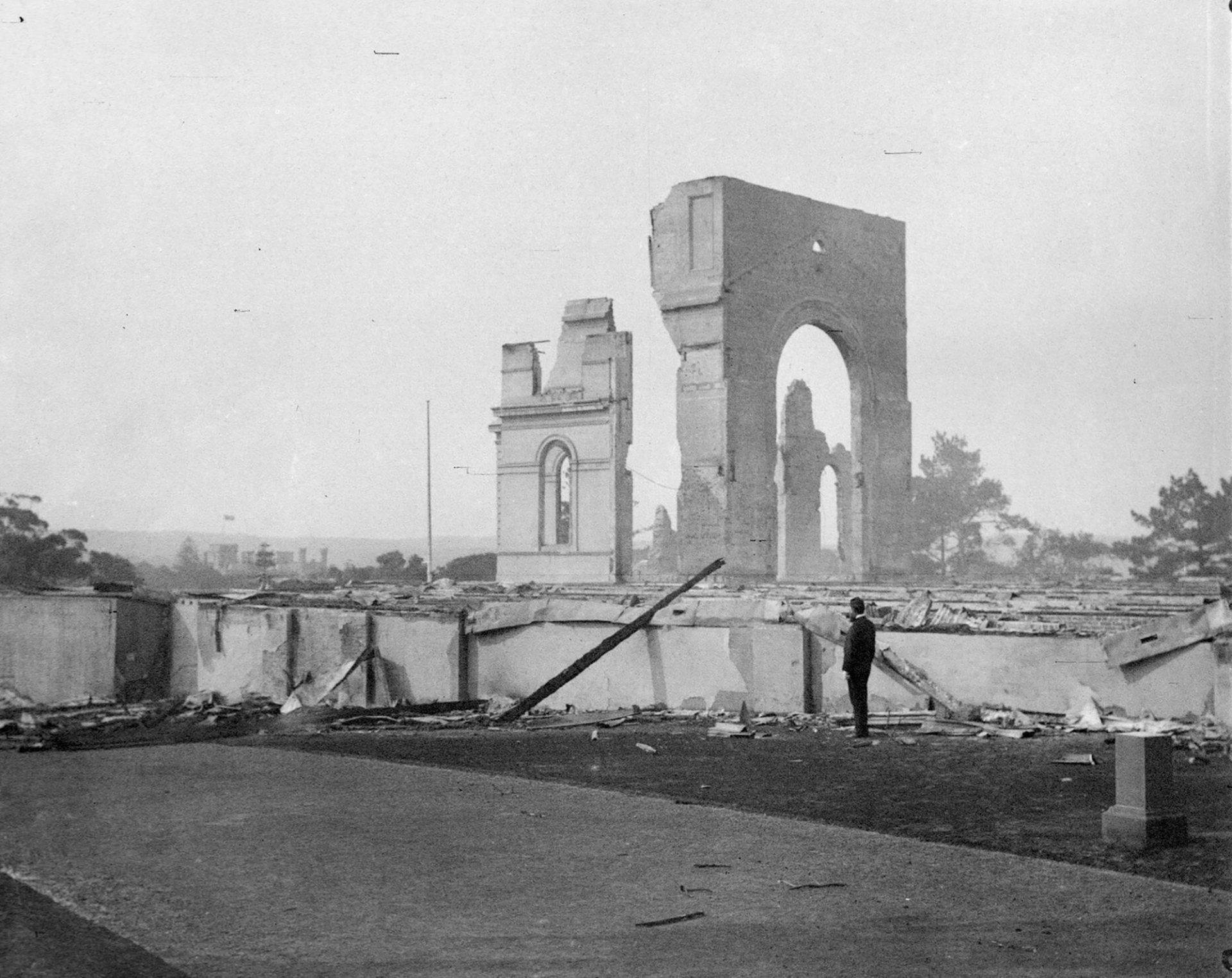
But one very important item related to the exhibition remains: the voluminous Official Record of the Sydney International Exhibition 1879 published by the Government Printer in 1881. Several copies are now held in public libraries and archives throughout Australia and always in demand from researchers of the period, including family historians.
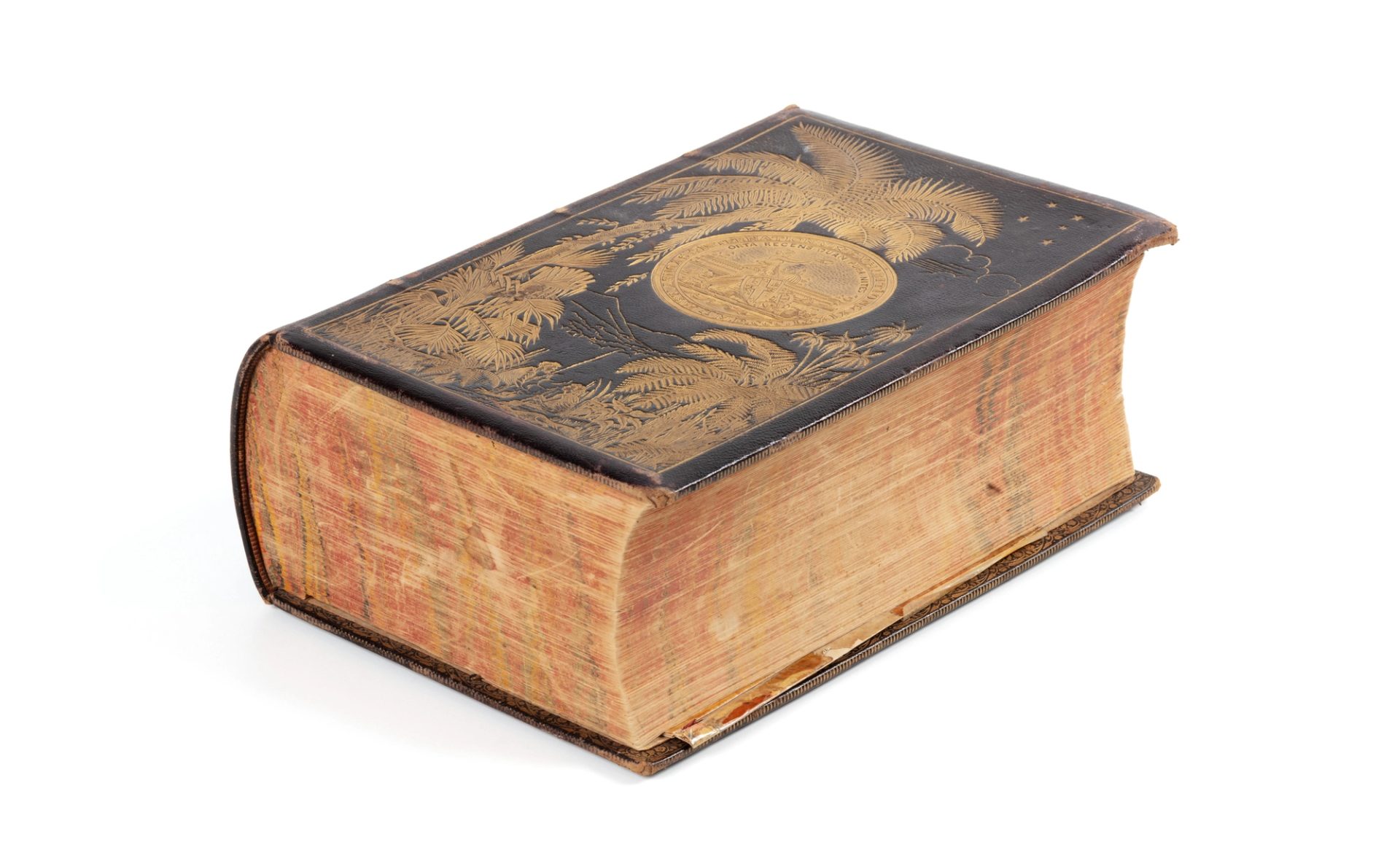
1398 layers of complexity
Due to its size and physical structure, the Official Record had not been digitised in its entirety, until now.
Powerhouse digitisation team undertook this significant digital preservation project knowing the outcome would be of great benefit to the national and international research community.
Converting the Official Record of the Sydney International Exhibition 1879 into a digital format demanded a meticulous approach to achieve a faithful digital representation of the original.
Before digital image capture began, a conservation assessment was undertaken to provide recommendations on the safe handling of the object and decide if conservation treatment would be required. The book’s structural stability and condition of the spine were assessed to advise on how far the book could be opened without putting tension on the spine. The book’s pages were examined to identify any issues that may affect handling during digitisation, such as embrittlement, tearing, or water damage.
Under the guidance of the archives team, all 1398 pages of the book were photographed in carefully controlled lighting conditions, minimising exposure variances and ensuring uniformity from one edge of each page to the other.
One of the inherent challenges of photographing a bound volume like this is the distance between the lens and the object changes with each turning of a page. This movement, along with potential distortions, was carefully factored into the digitisation team’s image corrections.
The traditional printing press methods used to create the book and slight warping of the volume over time meant the image for each page demanded individual attention to ensure a true-to-original digital representation.
The digitisation post-production team manually de-skewed each photographed page and applied the 'keystoning' technique from architectural photography. This method, crucial for presenting undistorted images of buildings, ensured the pages aligned perfectly by correcting any lens distortion that could not be avoided during the image capture process. Images of pages closer to the spine exhibited especially noticeable tilts or slants, which realignment of the top and bottom of the text to a consistent reference line, so the content remained parallel to the frame's horizontal edges.
Each page was then colour corrected to match its neighbours more closely, as the natural hues of pages, combined with potential lighting discrepancies, can result in varying colour tones.
A calibrated colour card was used to set a benchmark for colour and exposure, ensuring a consistent tone and brightness across the entire volume to bring the digital colours as close to the original as possible.
Drawing from research, testing and industry consultations, the digitisation team refined its approach throughout the project to produce more than just a digital reproduction: it became an interactive and searchable Optical Character Recognition-ready research cornerstone — a tribute to this historic record available online through Powerhouse.
Official Record of the Sydney International Exhibition 1879 digitisation contributors
Research Library
Karen Johnson, Research Services Manager
Dimity Holt, Senior Library Technician
Archives
Dr Paul Wilson, Archivist
Conservation
Meredith Freeman, Conservation Manager
Beate Yule, Conservator
Digitisation
Nick Kleindienst, Manager of Collection Operations and Digitisation Projects
Luis Power, Digital Asset Coordinator
Danica Micallef, Project Coordinator
Linda Warlond, Photographer
Laura Moore , Senior Post Production Officer
Jonathan Stokkland, Post Production Officer
Natalie Cassaniti, Registrar
Masha Kovner, Assistant Registrar
Powerhouse Digitisation Project
Powerhouse is working on one of the largest digitisation projects ever undertaken globally, ensuring our collection is more accessible to researchers and the public.










